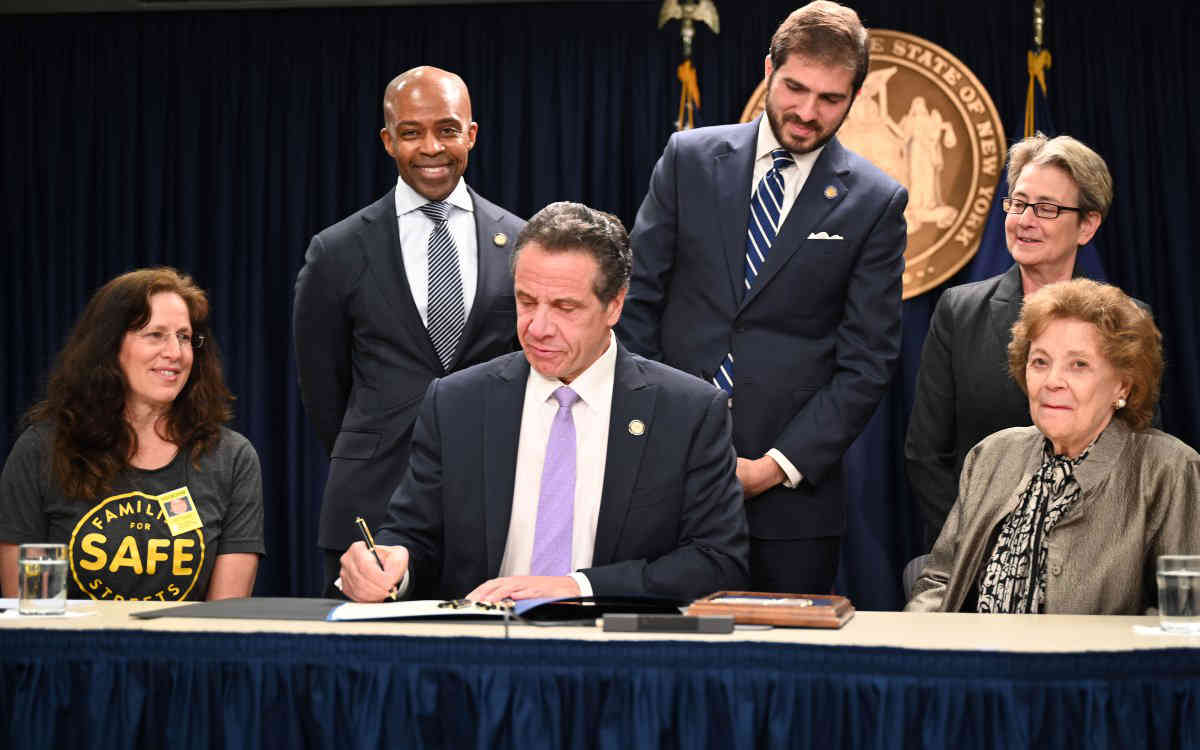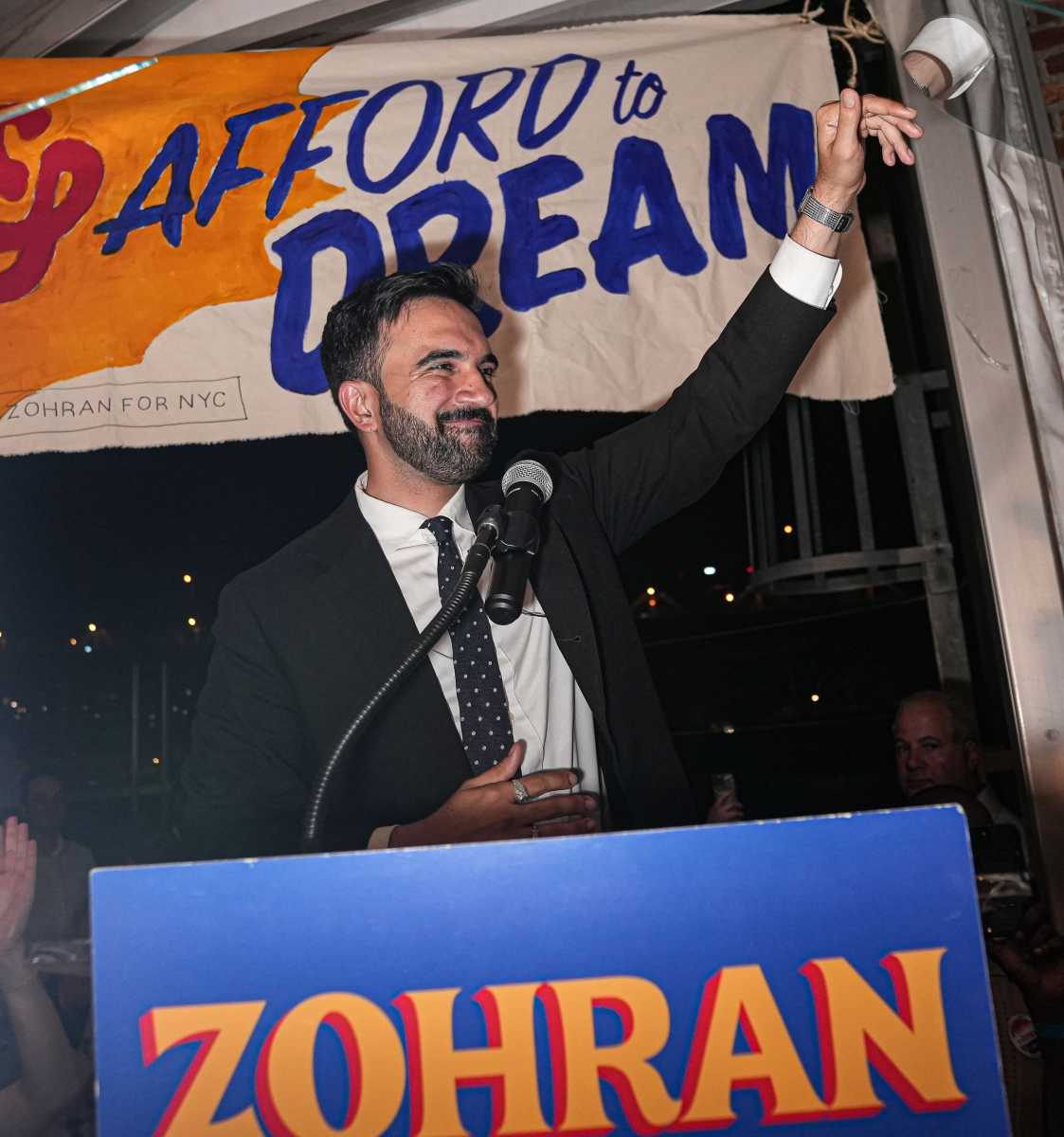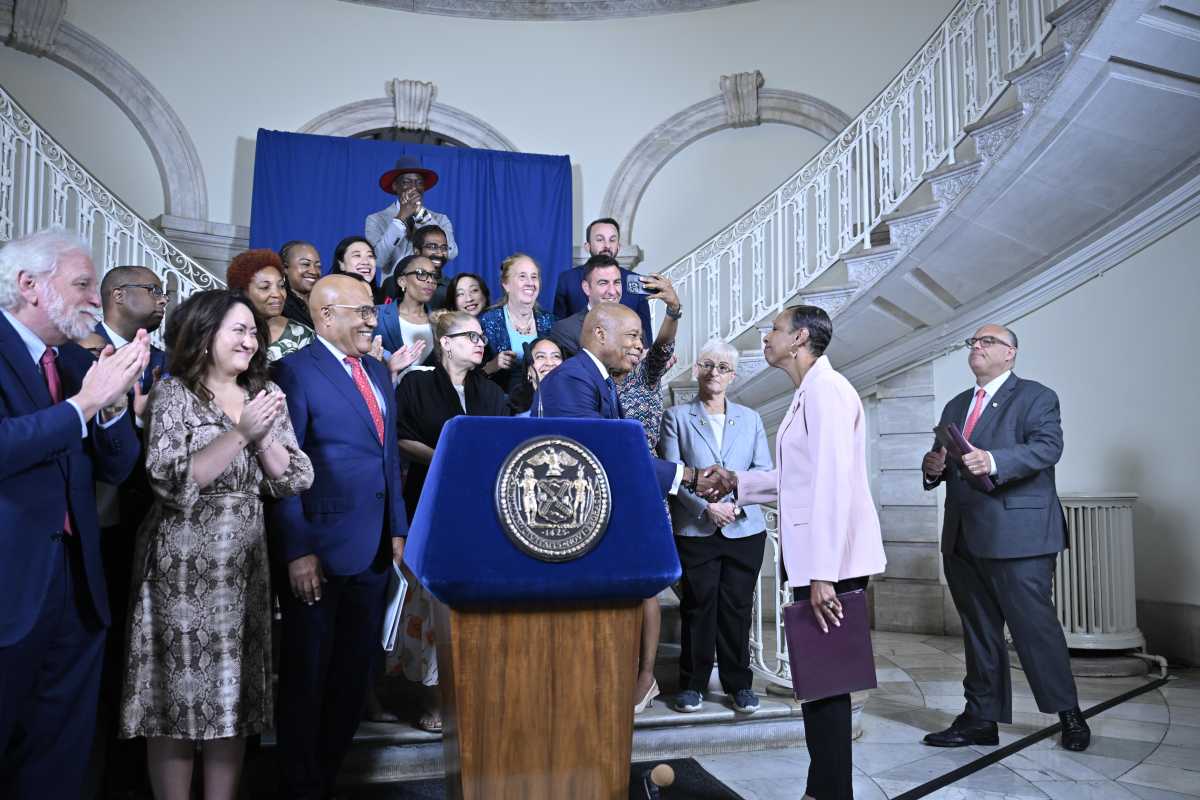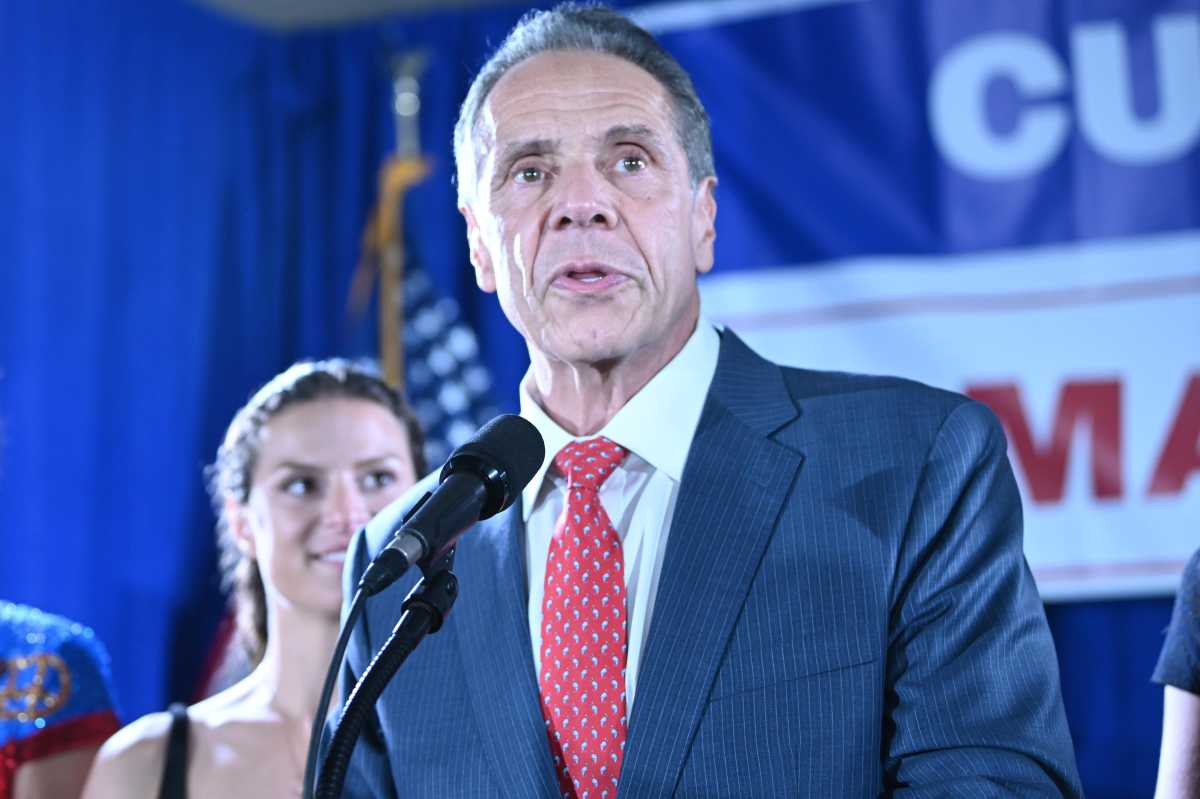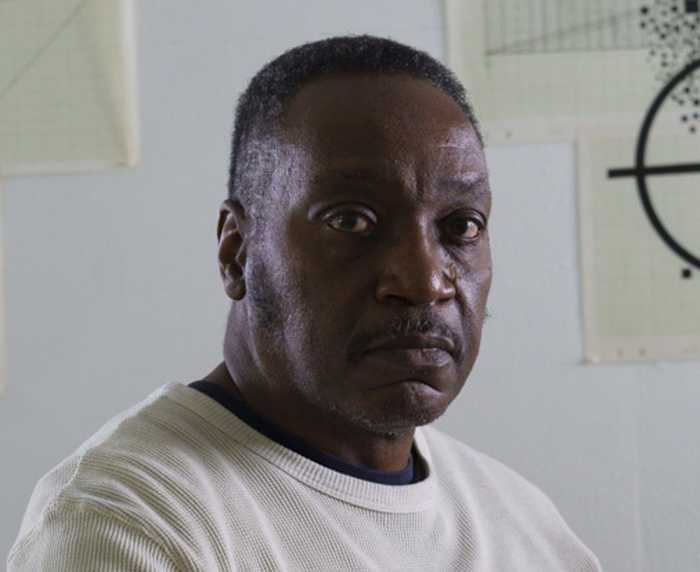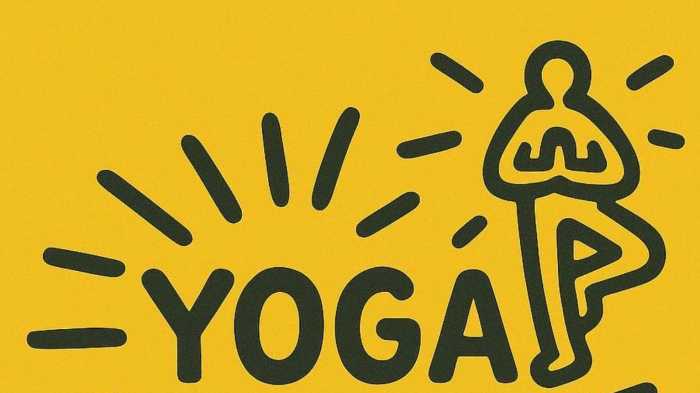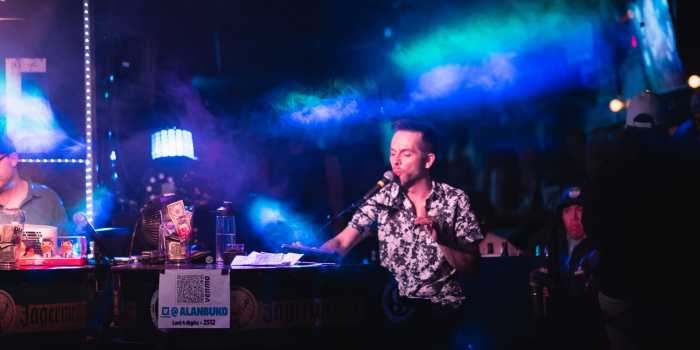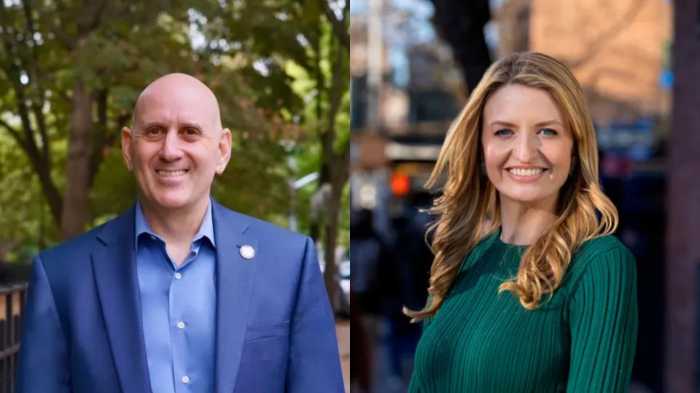Say cheese!
The city will see the addition of more than 600 new speed cameras next month after Gov. Andrew Cuomo signed into law on Sunday legislation co-sponsored by state Sen. Andrew Gounardes (D-Bay Ridge) authorizing a massive expansion of the current 140 cameras and extending the hours they operate.
The local pol thanked the governor for signing the bill and said it amounted to a victory for street safety advocates.
“No parent, senior, or pedestrian of any age should live in fear of crossing the street because of speeding traffic,” Gounardes said. “Signing this bill into law today will slow traffic and saves lives.”
The legislation, co-sponsored by Manhattan Assemblywoman Deborah Glick, allows officials to install up to 610 cameras — which automatically photograph the license plates of cars driving 30 miles-per hour or more in school zones, and send those vehicles’ registered owners $50 tickets — across the city’s 2,300 school zones. The bill also:
• Lengthens the hours the cameras are on, extending their current operating times from an hour before and after school is in session to between 6 a.m. and 10 p.m. on weekdays, including during the summer.
• Broadens the areas where the cameras operate, allowing officials to install them within a quarter-mile radius of schools, not just within a quarter-mile stretch of the same street a given school is on as current law allows.
• Requires the city to hang signs in school zones with speed cameras that warn drivers of the technology’s presence.
• Mandates local officials prioritize placing the cameras in school zones with higher rates of speeding and crashes.
• Requires the city to submit annual reports to the governor and leadership of both chambers of the Legislature with data including the total amount of ticket revenue that local officials spent on traffic and pedestrian safety measures, as well as “the effectiveness and adequacy of the [expanded] hours of operation.”
The governor said the expansion offered an obvious way to protect pedestrians — especially youngsters en route to school — from speeding and reckless drivers.
“Something as simple as walking to and from school can be the most dangerous part of the day, especially in this city with this complexity and this density,” Cuomo said. “We have learned it the hard way. We have lost too many people, especially too many young people. We have to do better and we can do better.”

During the Mother’s Day signing of the bill, the pol thanked Park Slope resident Amy Cohen — whose 12-year-old son, Sammy Cohen Eckstein, was killed by a speeding driver near his Prospect Park West home in 2013 — for her advocacy to preserve and expand the cameras.
Cohen said the passage of the legislation signaled a shift in street safety for today’s youngsters.
“We are protecting the next generation of children — creating a safe passage to school, changing the culture of reckless driving so that other mothers will get to raise their children, so that children can grow into adults themselves and outlive their parents,” she said. “This is a historic moment recognizing that traffic violence is preventable.”
Mayor Bill de Blasio said the existing cameras have already proven to reduce collisions and fatalities, and added that the expansion will keep more youngsters safe.
“Speed cameras are keeping our kids safe and saving lives,” the mayor said. “We needed to protect more kids at more schools, and now we have the power to do it.”
There have been 70 citywide traffic fatalities so far this year, 41 of which have involved pedestrians, according to Department of Transportation spokesman Brian Zumhagen, who added 13 of the 23 fatal collisions that have occurred in Kings County so far this year involved pedestrians.
Data shows that the cameras already in place have reduced the number of both speeding drivers and fatalities; in the year and a half after officials first installed them in 2014, there were 60 percent fewer daily violations in school zones with speed cameras, according to a 2017 report published by the Department of Transportation, which added that fatalities reduced by an average of 55 percent in school zones with speed cameras in the three years immediately before and after the cameras were first installed.
The majority of Gounardes’ constituents also supported adding more cameras, according to a 2018 poll commissioned by street-safety group Transportation Alternatives. But the path to passing the bill was fraught with controversy.
State Sen. Simcha Felder (D–Midwood) blocked legislation preserving and expanding the program from leaving the Cities Committee — which he chaired at the time, in the then-Republican-controlled Senate — for a floor vote in the upper chamber before it dispersed in June, prompting the 140 speed cameras to temporarily shut off last July.
Members of the council then stepped in to broker an emergency deal between de Blasio and Cuomo, who ultimately signed an executive order to turn the tech back on before school started in September.
The legislation takes effect July 11, and will be valid through June 30, 2022, according to a spokesman from the governor’s office.
Reps from the governor’s office did not immediately reply to inquiries about when the cameras would turn on, if the 610 new ones have already been installed, and how many of the total cameras are in Kings County.



